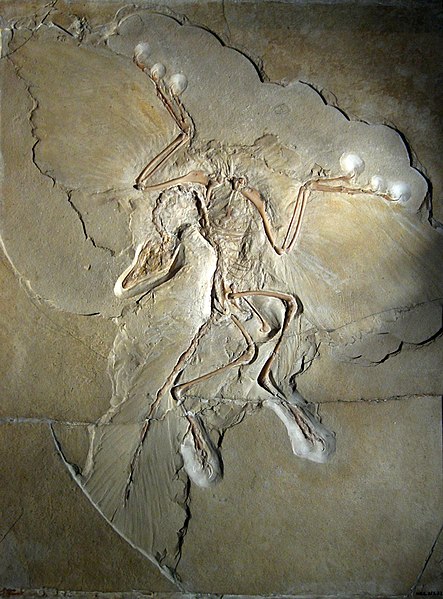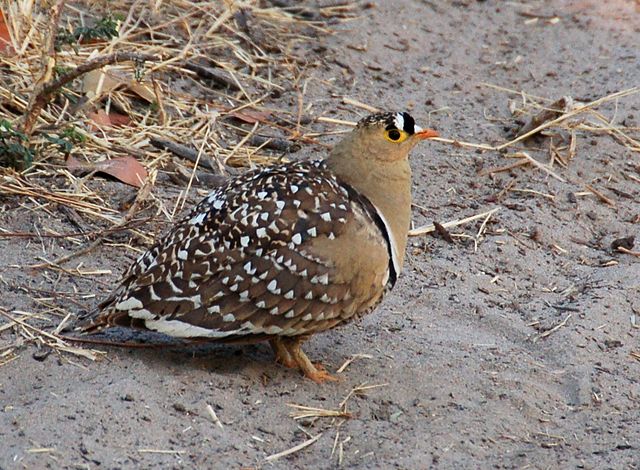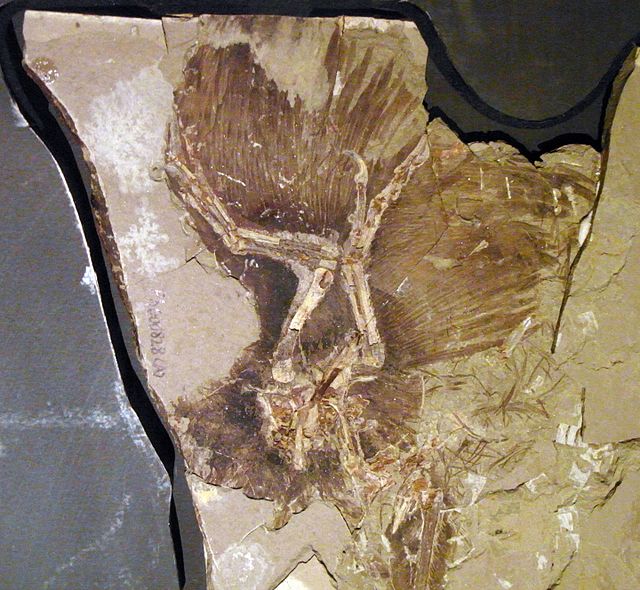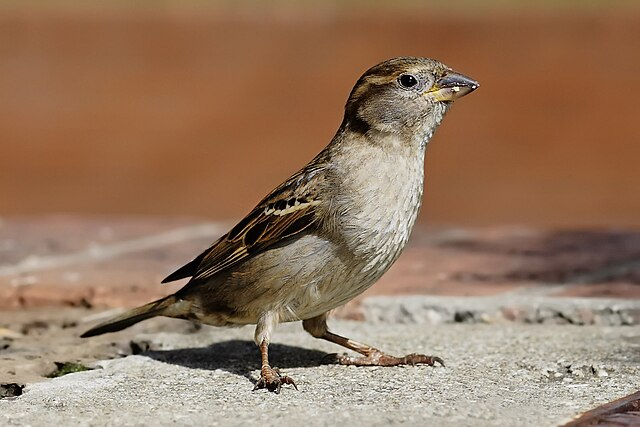Sandgrouse is the common name for Pteroclidae, a family of sixteen species of bird, members of the order Pterocliformes. They are traditionally placed in two genera. The two central Asian species are classified as Syrrhaptes and the other fourteen species, from Africa and Asia, are placed in the genus Pterocles. They are ground-dwelling birds restricted to treeless, open country, such as plains, savannahs, and semi-deserts. They are distributed across northern, southern, and eastern Africa, Madagascar, the Middle East, and India through central Asia. The ranges of the black-bellied sandgrouse and the pin-tailed sandgrouse even extend into the Iberian Peninsula and France, and Pallas's sandgrouse occasionally breaks out in large numbers from its normal range in Asia.
Sandgrouse
Pallas's sandgrouse in a field in the Gobi Desert
Namaqua sandgrouse are gregarious and feed and drink in large flocks
Painted sandgrouse chick
Birds are a group of warm-blooded vertebrates constituting the class Aves, characterised by feathers, toothless beaked jaws, the laying of hard-shelled eggs, a high metabolic rate, a four-chambered heart, and a strong yet lightweight skeleton. Birds live worldwide and range in size from the 5.5 cm (2.2 in) bee hummingbird to the 2.8 m common ostrich. There are over 11,000 living species, more than half of which are passerine, or "perching" birds. Birds have wings whose development varies according to species; the only known groups without wings are the extinct moa and elephant birds. Wings, which are modified forelimbs, gave birds the ability to fly, although further evolution has led to the loss of flight in some birds, including ratites, penguins, and diverse endemic island species. The digestive and respiratory systems of birds are also uniquely adapted for flight. Some bird species of aquatic environments, particularly seabirds and some waterbirds, have further evolved for swimming. The study of birds is called ornithology.

Archaeopteryx is often considered the oldest known true bird.
Anchiornis huxleyi is an important source of information on the early evolution of birds in the Late Jurassic period.
Confuciusornis sanctus, a Cretaceous bird from China that lived 125 million years ago, is the oldest known bird to have a beak.
The range of the house sparrow has expanded dramatically due to human activities.








